When I was getting married, one of the main tools that helped me plan was Pinterest. In fact, that's usually the number one place I go to when I'm planning a party.
However, Pinterest isn't just used for event planning. You can use the social media platform as a way to market your business, drive traffic to your website, and increase sales.
I'm not the only one who goes to Pinterest when I need new ideas. In fact, more than 200 billion pins have been saved on Pinterest. And 90% of weekly Pinners make purchase decisions on Pinterest.
That's why it's important for businesses and marketers to be active on the platform. Read on to learn how you can use Pinterest to meet your business and marketing goals.
Why Use Pinterest for Business?
As noted above, regular Pinterest users often leverage the platform to help inform their purchasing decisions. But that’s not the only reason to use Pinterest for Business.
Pinterest streamlines conversion.
Pinterest effectively operates as a massive, visual search engine filled with images tailored to specific user interests. As a result, if users are looking at your Pinterest page, chances are they’re already curious about what you’re selling — and are more likely to click through.
Pinterest boosts traffic.
Because each pin you make can contain a link back to your website, it’s easy for users to click through and boost your overall traffic, in turn raising your search engine rank.
The caveat? Great pin content is critical — if users aren’t inspired, they won’t click.
Pinterest engages users.
The core concept of Pinterest revolves around users creating and sharing pins of things they’re interested in with like-minded people — which means they’re already engaged when they log into the site. If your page aligns with their interests, they’re happy to visit your site, share your posts, and help boost your brand’s reach.
How to Set Up Your Pinterest for Business Account
If you're new to Pinterest, then you'll need to create a business account to get started. Don't worry, this is a simple process as outlined below.
- Head to pinterest.com/business/create.
- Add your business name and website.
- Customize your profile.
- Claim your other accounts.
Let’s break down each step in more detail.
1. Head to pinterest.com/business/create.
Enter your email and a password and then select “Create Account” to get started. If you already have a personal Pinterest account, make sure you’re logged out.
2. Add your business name and website.
Next, Pinterest will ask for your business name, business type, and your website details. If your brand doesn’t fit into a listed category, don’t worry — just select “I’m not sure.”
3. Customize your profile.
Next up is customizing your profile. Here you can add a profile picture, display name, user name, and information about your brand that will help Pinterest users find your board.
4. Claim your other accounts.
Last but not least? Claim your website name and any other accounts to ensure you get attribution and analytics for all of your content on Pinterest, even if you posted it before creating a Pinterest for Business account.
Once your business account is set up, it's time to start diving into the strategy of how you're going to use your page to grow your business.
Is Pinterest for Business free?
Pinterest for Business is free, and it’s worth taking the time to make an account, since it allows you to directly link your brand with your Pinterest page to drive increased traffic and conversion.
With your business account set up, you’re ready to get started using Pinterest for Business. Here are six best practices to keep in mind:
1. Determine the type of content you want to post.
As with any social media site, it's important to understand your target audience. What type of content do they want to see on Pinterest?
More importantly, think about the type of content that they'll engage with. Is it infographics, tips and tricks, or perhaps blog posts? To find this out, do some research into the type of content they currently pin on their pages.
Additionally, make sure that you don't sell yourself with every pin. You should share relevant and helpful information on your page as well. When you have a good idea of what your audience wants or needs to see, creating pins will be easier.
2. Consider your design.
Now that you know what you want to post, it's important to consider what your images look like. Your designs should be pleasing to the eye and stand out in a sea of images on your audience's page.
Additionally, your images need to follow your brand guidelines. If you don't have a designer on hand, you can utilize tools like Canva to get started.
3. Optimize your pins.
When you're ready to start posting on Pinterest, remember to optimize your pins. You might be wondering, "How do I optimize my pins?"
Use the following checklist to get started:
- Include a URL (could be a link to a blog post)
- Use keywords in titles, descriptions, and image file names
- Create boards that are aligned with your keywords
- Arrange your boards and choose a board cover image
- Use hashtags
- Add a call to action
- Add a Pinterest widget to your site
- Respond to follower comments
- Follow popular boards and comment
- Create a board dedicated to your blog posts
These tactics will help you grow your business with Pinterest and help your posts be discovered.
4. Learn about categories.
On Pinterest, you can assign each board to one of 36 categories. These categories help your pins become discovered.
For example, since I was interested in finding wedding ideas when I was engaged, most of the pins that showed up on my feed were pins that were tagged in the wedding category.
You can scroll through the categories and see which ones are related to your business. This could even help you come up with board ideas.
5. Use rich Pins.
Rich Pins offer a way to provide more information about pinned images. For example, the Product Pins subset of rich Pins lets you add pricing information, product details, and other data to help engage users and drive conversion.
6. Leverage Pinterest Lens.
Pinterest Lens is available as part of the platform’s mobile app on both Apple and Android devices. It allows users to take a picture of any object and discover similar items on Pinterest. For businesses, Pinterest offers a way to improve contextual marketing: Take a picture of your product, see what Pinterest returns and then leverage similar tags to help capture user interest.
Once you've thought about this strategy, it's time to create your boards. If you blog, think about blog topics and create boards surrounding those topics.
Let's dive a little deeper into how to use Pinterest for your blog.
1. Create infographics.
A great way to use Pinterest to promote your blog is through infographics. If you have blog posts centered around an infographic, post it on Pinterest.
Additionally, you can repurpose old blog posts into infographics. Pinterest is a great place to repurpose content and reach a new audience that might not have read your post.
2. Choose the best blogs to post.
You don't need to promote every single blog post on your Pinterest. Instead, just choose the ones that make the most sense for the platform. For example, choose blogs that have engaging images, great downloadable offers, or have an infographic.
Additionally, think about your board topics. You should promote blogs that relate to your boards.
3. Customize your images.
When you create a pin, it's important to use engaging, custom images. To promote a blog, you can use your featured image and include customized text.
For instance, many pins that promote blog posts include the title of the blog on the custom image. The title is a great way to draw people in and get them interested in your blog post.
4. Write an optimized pin description.
When you write the description for a pin promoting a blog post, it's important to tell people what to expect in the post.
While you want to leave some mystery and pique their interest without giving away too much, they need to know what it's about.
5. Engage with Pinners.
Pinterest is all about engagement and interest driven by images. To maximize your brand’s impact, you need to regularly engage with Pinners who follow your board.
This means regularly pinning new content, re-pinning great content from your followers, and taking the time to directly answer any questions asked on your blog by Pinterest users.
6. Use a sound SEO strategy.
As noted above, Pinterest is effectively a visual search engine — but just like a text-based search engine, keywords are critical. To ensure your pins get noticed, use solid SEO practices. Make your blog title the same as your board title, include relevant keywords for all of your blog posts and images descriptions, and make sure you’re also using keywords in any image “alt” tags.
Pinterest for Business Examples
So what makes a great Pinterest for Business board? Here are six standout examples.
1. HubSpot
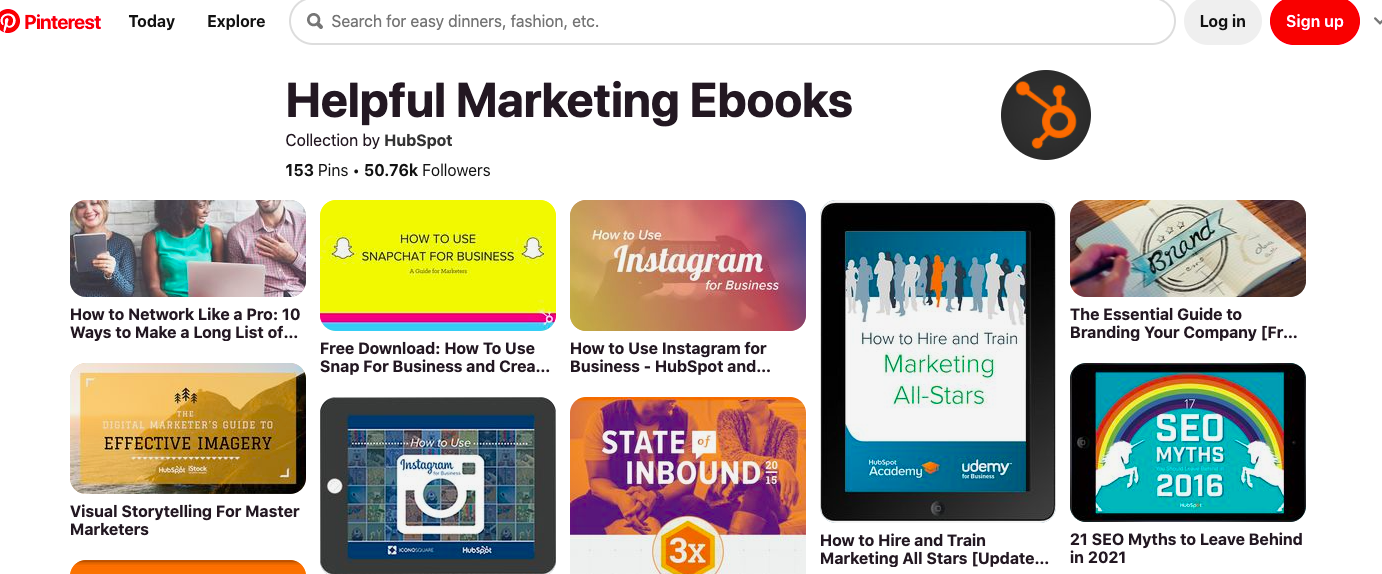
HubSpot’s Pinterest page generates more than 4.5 million views per month and offers a host of great content to Pinners including infographic templates, content creation tips, and even career advice. It’s a one-stop shop for all things marketing.
2. Bossy
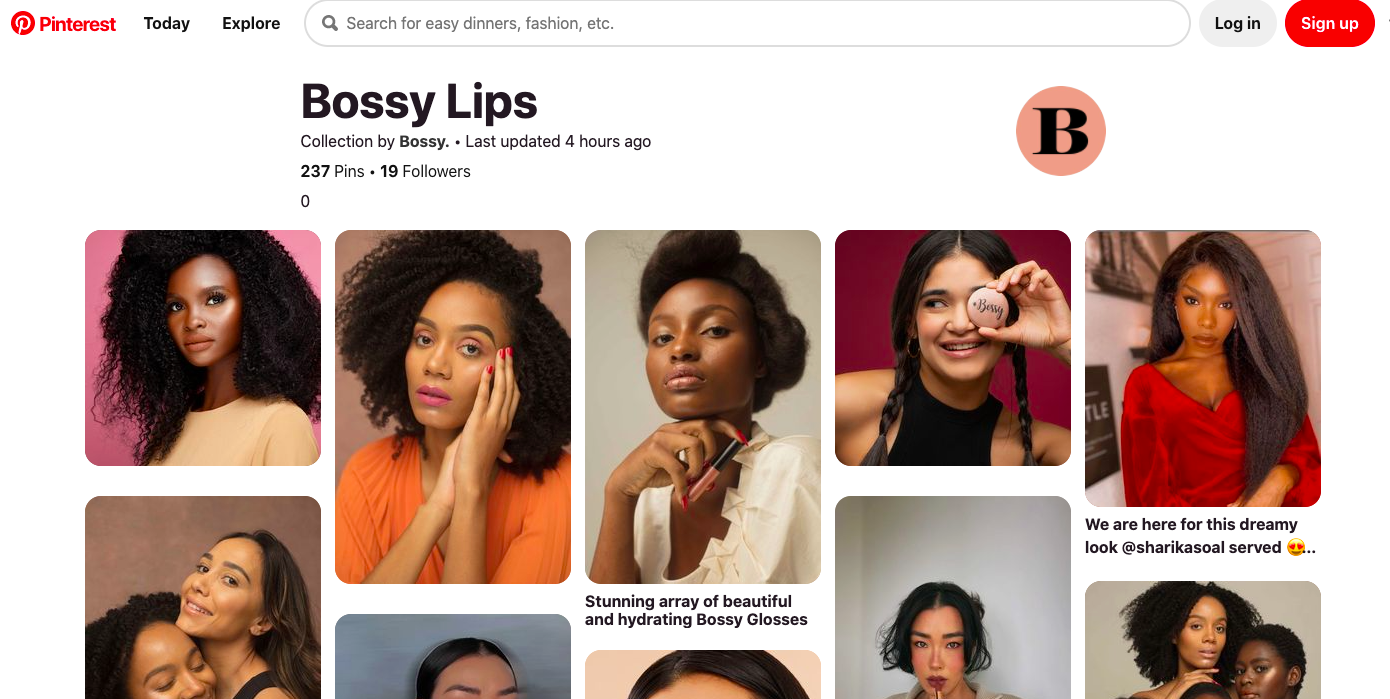
Bossy is a growing, female-founded beauty brand with a focus on attention-capturing, long-lasting lipsticks and a Pinterest page that showcases its commitment to diversity.
3. Ruggable
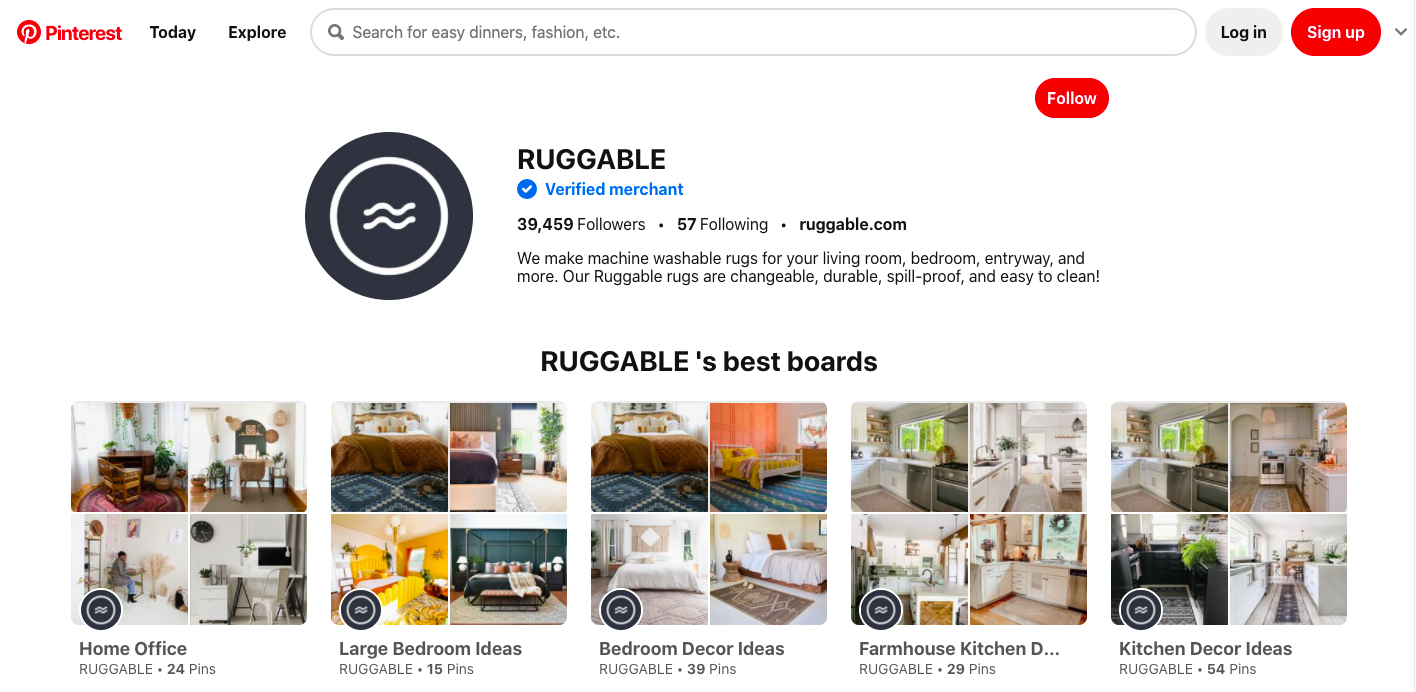
Ruggable’s value proposition is simple: Washable rugs for any space. These rugs are changeable, durable, spill-proof, and easy to clean — so it’s no surprise that its Pinterest page generates more than 10 million views per month.
4. Etsy
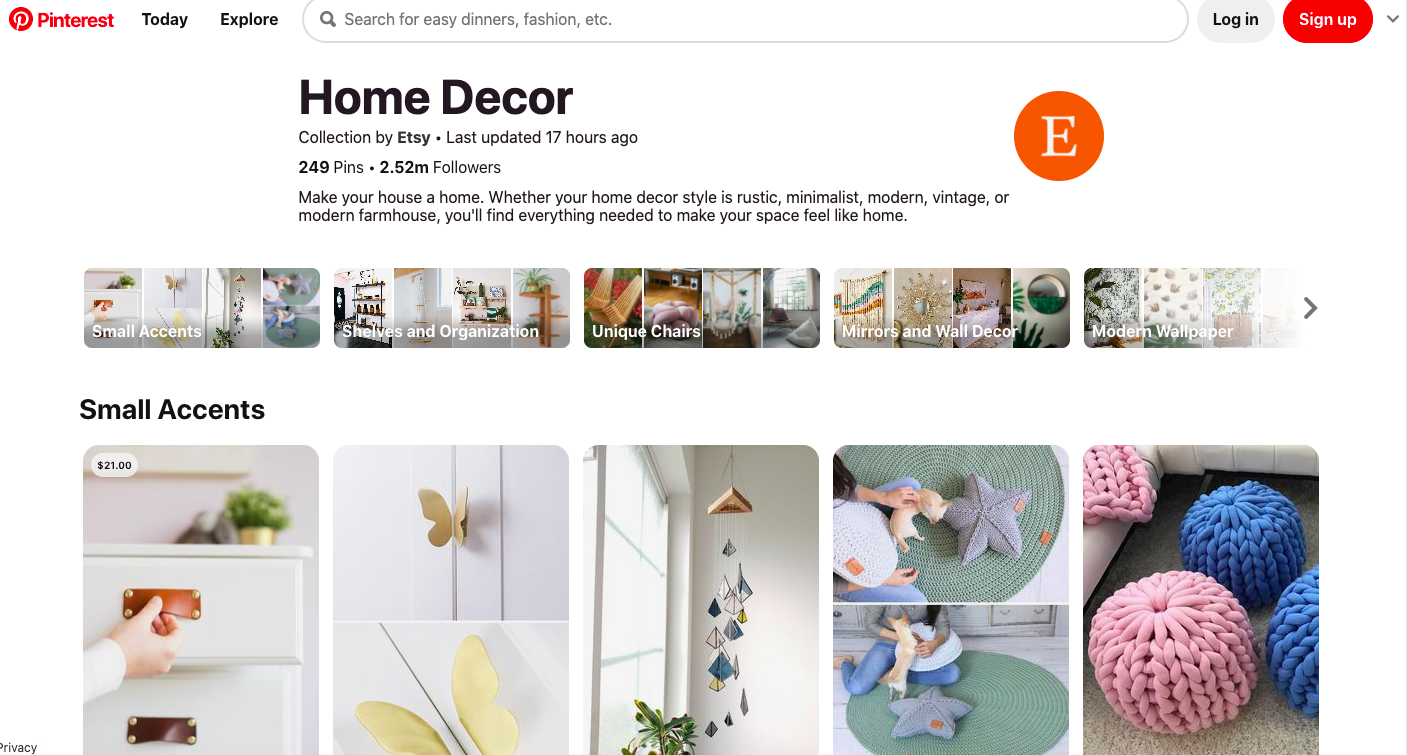
This custom-made market store has made significant market inroads and is now using Pinterest to showcase some of its most popular items. Looking for something unique? Something that makes a statement? Chances are you’ll find it on Etsy — and see it on Pinterest.
5. Bustle
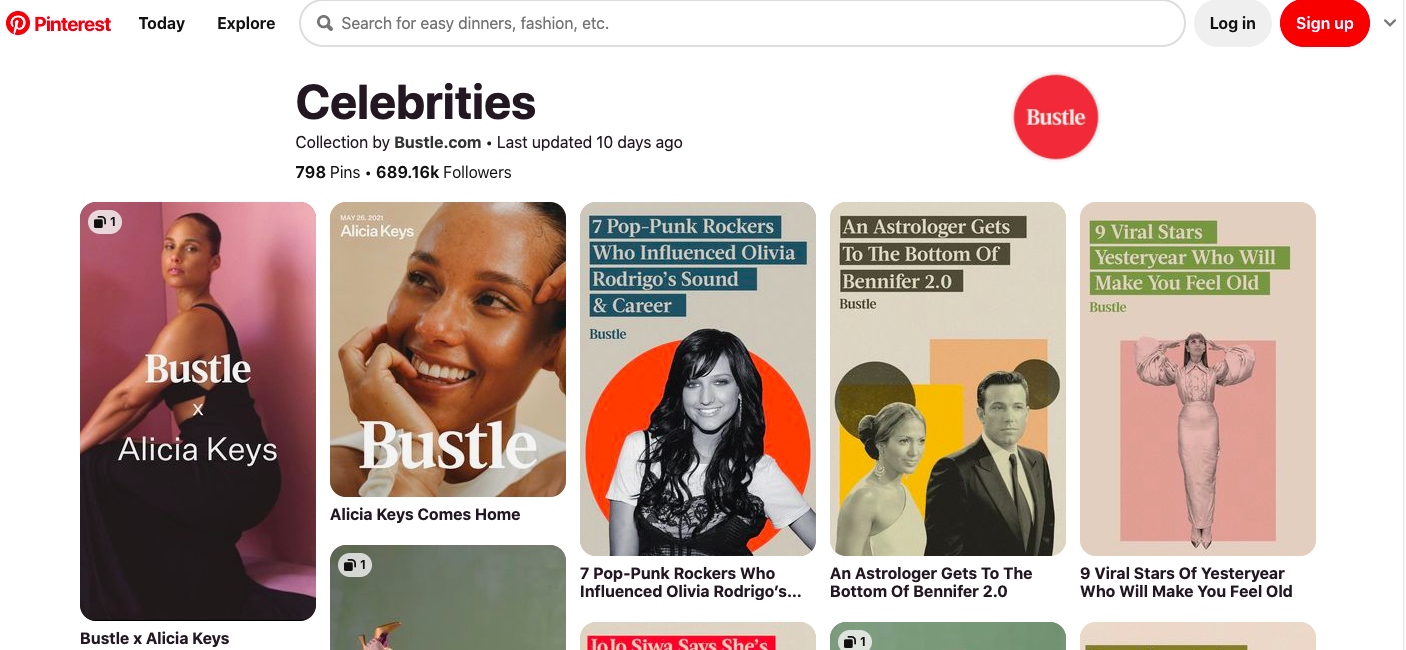
Bustle is on the leading edge of social zeitgeist, and has a Pinterest page to match. With a mix of celebrity content, human interest stories, recipes, and fashion advice, Bustle captures user attention immediately.
6. Asutra
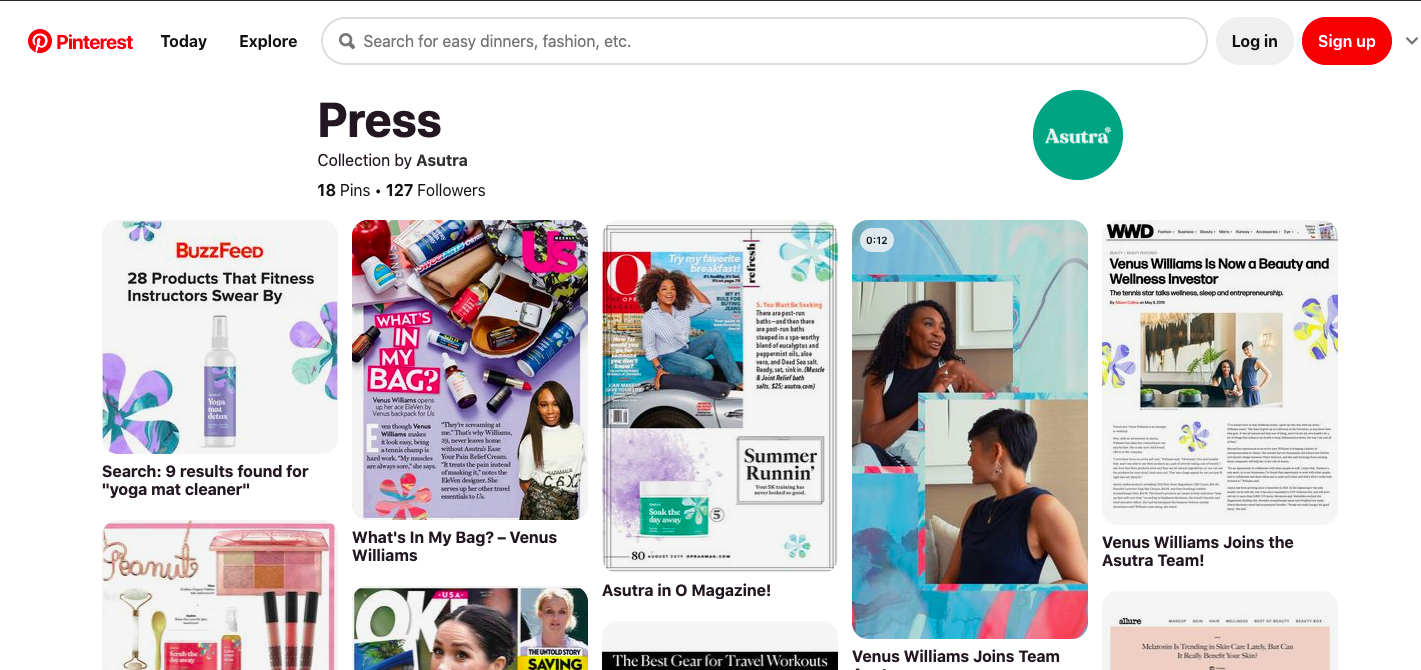
Committed to creating clean, accessibly-priced, wellness products, this women-owned and led brand has made the move to Pinterest and is already seeing almost 200,000 views per month.
Pin It to Win It
When it comes to marketing your business, Pinterest for Business offers a way for your brand to win market share and generate organic customer interest. The picture-driven nature of the site can help shift the conversion away from simple to conversion and instead inspire your audience to use your products and services in their lives — or just inspire them in general.
With a practical, step-by-step approach, it can be your products and services that users are pinning – and purchasing.
How to Use Pinterest to Promote Your Business or Blog [Free Templates] was originally posted by Local Sign Company Irvine, Ca. https://goo.gl/4NmUQV https://goo.gl/bQ1zHR http://www.pearltrees.com/anaheimsigns

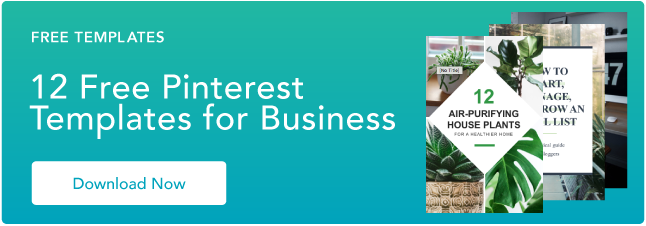
No comments:
Post a Comment